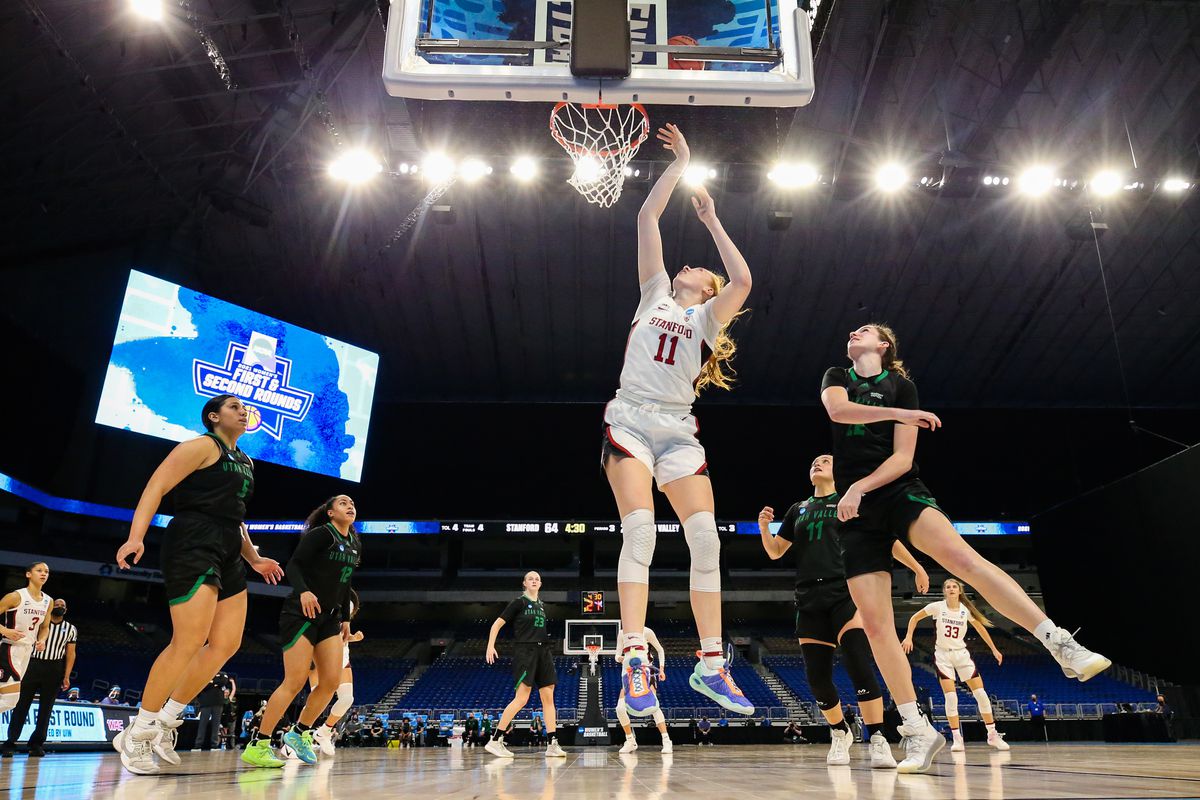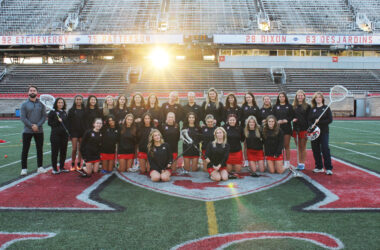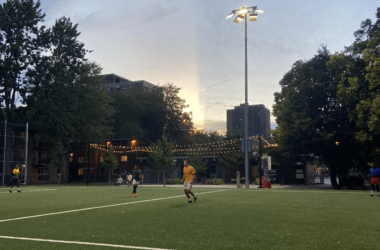At the start of the NCAA March Madness tournaments on March 18, Stanford sport performance coach Ali Kerschner released photos comparing the training facilities for the men’s and women’s tournaments. Fans and athletes alike called out the NCAA for the vast differences between the men’s and women’s training facilities and merchandise. This inequity, unfortunately, is not a new problem: For as long as women have played sports, equal representation, as well as the salary and funding gap between men’s and women’s sports has been an issue. These disparities are caused by sexism and the stigma around women’s sports. Male athletes earn more in almost every professional sport, which is a discrepancy that must be rectified.
Rikki Bowles, B.Ed. ‘10, is the interim head coach for the McGill Women’s Basketball team. In an email to The McGill Tribune, Bowles explained that she believed lack of publicity to be one of the main barriers women face in professional and collegiate basketball.
“In my opinion, two of the main inequities are the promotion of the WNBA and their players’ salaries in comparison to those in the NBA,” Bowles wrote. “This is not unique to professional basketball but is a trend across many professional sports [….] With less investment, this affects ticket and merchandise sales, broadcasting deals, and in turn affects the […] ability to increase salaries.”
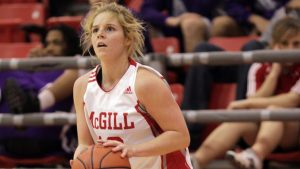
Men’s conferences in the March Madness tournaments receive over $1.6 million in funding from the NCAA, while the women’s conferences receive nothing.
The NCAA, which governs both the women’s and men’s programs, decides where to allocate funds. In the women’s “swag bags,” which are given to all teams who make the NCAA tournament, there is no mention of March Madness or even “2021,” while the men’s gifts had all been labelled with the year and location of “the big dance.”
Aside from the merch, however, it is the women’s training facilities that are receiving the most backlash. The women’s workout area consisted of a single dumbbell rack with six sets of weights all under 30 pounds, yoga mats, and one stationary bike for all 64 teams to share. The NCAA cited a lack of space as the reason for the lacklustre setup, but Oregon Ducks star Sedona Prince exposed the NCAA by releasing a video of large conference rooms filled with nothing but air. The NCAA is a nonprofit designed to help all of its athletes succeed, yet by treating women’s basketball as inferior, the NCAA has hindered the ability of female basketball players to develop and sharpen their skills. Even though the women’s tournament generates significantly less revenue than the men’s, primarily due to lack of promotion, the women players still deserve equitable treatment.
The differences in support for men and women are also apparent in professional basketball, where WNBA players make an average yearly income of $80,000, compared to the NBA player’s average of $7.4 million. After players like Skylar Diggins-Smith called out the disparity, the NBA pointed to revenues as the reason for these vast differences, stating that the NBA draws larger audiences and secures more profitable broadcasting deals. Regardless of the amount of revenue, WNBA players receive only an estimated 20 per cent of their league’s revenue, whereas NBA players receive 50 per cent. If women were also paid 50 per cent of league revenue, they would make an average of around $200,000.
The age difference between the NBA and WNBA is another excuse used to explain these discrepancies. Men’s professional basketball, which has been around for 50 more years than women’s basketball, has had more time to build a fan base. A larger fan base can generate more revenue which can be used to attract talent and more resources. If we choose to invest in the WNBA, they can also build themselves into a higher revenue organization.
There is a general stigma that women’s sports are less exciting and generate fewer ticket and merchandise sales.
The systemic misogyny in athletics must be dismantled, and this process can start by adding structural and monetary support to women’s programs. Education and awareness at all levels of sport is also required to remove the stigma around the validity of women’s sports.
Evelyn Silverson-Tokatlidis, U3 Arts, is a wing for the McGill Rugby Team and the president of the McGill Varsity Council. She explained the disrespect she feels when compared to her male counterparts.
“This lack of respect trickles through to the everyday life of a female athlete,” Silverson-Tokatlidis wrote to the Tribune. “We see it on social media, where nasty comments from people disrespect and hate female athletes.”
Silverson-Tokatlidis said she faced criticism for choosing a historically male-dominated sport. She recalled a friend telling her that she should stop playing rugby to avoid looking too masculine.
“Through[out] my whole rugby playing career, I was constantly met with comments from people questioning why I play such an aggressive sport if I was a woman,” Silverson-Tokatlidis wrote. “Meeting strangers and telling them that I play rugby, I was always met with shock and surprise, as if others cannot comprehend that a woman can play a ‘men’s sport.’”
Silverson-Tokatlidis believes that advocacy for equity must extend beyond the world of athletes and toward all women.
“I believe it is incredibly important to speak out about these issues so others can understand what we go through,” Silverson-Tokatlidis wrote. “We can ignite these conversations with non-avid sports fans by relating some of our aspects to barriers that [women] face in a non-sport context.”
Colette Beauvais, U1 Engineering and a member of the McGill Tennis Team, recalled feeling alienated by underrepresentation in her sport.
“When I was growing up, I tried to join some club that was predominantly male,” Beauvais said in an interview with the Tribune. “It’s difficult going into that environment and feeling equal or represented.”
Julia Moskal, U2 Science, who also plays for the McGill Tennis Team, agreed with Beauvais that these feelings stem, in part, from the lack of funding and representation at professional levels of tennis.
“The opportunity and the funding for professional sports once you reach [a high] level is a lot lower in women’s sports,” Moskal said in an interview with the Tribune. “When [young women are] picking out what they want to spend their time on, put energy into, it is a lot harder to get motivated.”
Women’s professional tennis also lacks funding and female tennis players are underpaid. In 1973 for example, Billie Jean King, a world-renowned tennis player with 39 Grand Slam titles, threatened to boycott the U.S. Open until men and women received equal pay for their wins. Along with eight other players and promoter Gladys Heldman, King started her own tour, the Virginia Slims Circuit, which later became the basis for the Women’s Tennis Association Tour.
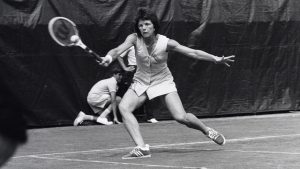
The journey to end misogyny and oppression in sports, both at local and professional levels, is far from over. Nonetheless, athletes like Makena Moore, U3 Science and a captain of the McGill Tennis Team, are prepared to uplift the next generation of young women athletes and help break down the barriers they may face.
“My hope is that I can inspire the [next] group of young girls,” Moore said in an interview with the Tribune. “I really do think that getting to a grassroots level of sport […] is really where you can start the inspiration, and let young girls know that they do belong in sport just as much as anybody else.”
